- Description
-
Details
In today's rapidly evolving world, technology has become an integral part of our daily lives. The field of education is no exception, as it has witnessed a remarkable transformation through the integration of technology into classrooms. Smart classrooms, equipped with state-of-the-art educational technology, are revolutionizing traditional teaching methods and creating more engaging and effective learning environments. In this article, we will explore what smart classrooms are and why they are essential in modern schools.
Understanding Smart Classrooms
A smart classroom is a technologically enhanced learning space that leverages various digital tools and resources to facilitate interactive and collaborative learning experiences. Unlike traditional classrooms with blackboards and printed textbooks, smart classrooms are equipped with a range of cutting-edge technology components that enhance both teaching and learning. These components often include:
-
Interactive Whiteboards: Interactive whiteboards have replaced traditional chalkboards, offering touchscreen capabilities and the ability to display digital content. Teachers can write, draw, and interact with educational materials, making lessons more engaging and dynamic.
-
Audio-Visual Systems: High-quality projectors, surround sound speakers, and microphones enhance the audio-visual experience in smart classrooms. This technology ensures that all students can see and hear instructional content clearly.
-
Wireless Connectivity: Robust Wi-Fi networks enable students and teachers to access online resources, conduct research, and collaborate on projects seamlessly. This connectivity is essential for accessing digital materials and fostering remote learning opportunities.
-
Digital Content: Smart classrooms rely on a wealth of digital content, including e-books, interactive simulations, and educational apps. These resources supplement traditional textbooks and provide students with a more diverse and interactive learning experience.
-
Learning Management Systems (LMS): LMS platforms serve as centralized hubs for course materials, assignments, grades, and communication. They streamline administrative tasks for teachers and promote organization and efficiency.
-
Student Response Systems: Student response systems, such as clickers or mobile apps, enable real-time assessment of student understanding. Teachers can pose questions, and students can respond instantly, providing valuable feedback for adjusting instruction.
-
Adaptive Learning Platforms: Adaptive learning platforms use artificial intelligence to personalize instruction based on each student's progress and needs. This technology tailors the curriculum to maximize learning outcomes.
-
Augmented and Virtual Reality (AR/VR): AR and VR technologies offer immersive learning experiences. Students can explore historical sites, dissect virtual organisms, or simulate complex experiments, enhancing their understanding of abstract concepts.
-
Data Analytics: Data analytics tools collect and analyze student performance data, helping educators identify areas where students may need additional support. These insights enable personalized instruction and early intervention.
-
Security Systems: Security is a paramount concern in smart classrooms. Access control systems, surveillance cameras, and data encryption measures are implemented to safeguard both physical and digital assets.
-
Energy Efficiency: Smart classrooms often incorporate energy-efficient lighting and HVAC systems, reducing operational costs and minimizing their environmental footprint. Smart sensors help optimize energy usage based on occupancy and environmental conditions.
-
Assistive Technologies: Inclusive education is a fundamental principle of smart classrooms. These environments are equipped with assistive technologies, such as screen readers and captioning tools, to accommodate students with disabilities.
-
Gamification Elements: Gamification features like points, badges, and leaderboards motivate students to actively participate and excel in their studies. These elements make learning more engaging and competitive.
-
Cloud-Based Storage: Cloud-based storage solutions enable students and educators to store, access, and share educational materials securely. This feature simplifies collaboration and ensures that essential resources are always accessible.
-
Remote Monitoring and Support: Smart classrooms can be remotely monitored and managed, allowing IT staff to address technical issues promptly. This ensures minimal disruptions to the learning process.
-
Sustainability Initiatives: Many smart classrooms incorporate sustainable design principles, using eco-friendly materials and energy-efficient technologies. This not only reduces the environmental impact but also serves as a valuable educational example.
Importance of Smart Classrooms in Schools
Now that we've explored the components of smart classrooms, let's delve into why they are of paramount importance in modern schools:
1. Enhanced Learning Experiences: Smart classrooms provide students with interactive and immersive learning experiences. The integration of multimedia elements, digital content, and interactive technologies makes complex concepts more accessible and engaging.
2. Improved Student Engagement: The use of interactive whiteboards, gamification, and multimedia resources captures students' attention and keeps them actively engaged in lessons. This increased engagement often leads to better retention of information.
3. Personalized Learning: Adaptive learning platforms and data analytics enable personalized instruction. Smart classrooms can cater to individual student needs, adjusting the pace and difficulty of content to optimize learning outcomes.
4. Access to Rich Resources: Smart classrooms connect students to a wealth of digital resources and online educational materials. This access expands their knowledge beyond traditional textbooks and encourages independent research.
5. Collaboration and Communication: Smart classrooms facilitate collaborative learning. Students can work together on projects, access shared documents, and communicate with peers and teachers through digital platforms.
6. Preparation for the Digital Age: In an increasingly technology-driven world, students need digital literacy skills. Smart classrooms expose them to technology from an early age, preparing them for the demands of the modern workforce.
7. Remote Learning Opportunities: Smart classrooms equipped with wireless connectivity enable remote learning. This flexibility is crucial in situations such as pandemics or inclement weather when physical attendance may not be possible.
8. Data-Driven Instruction: Data analytics tools provide educators with valuable insights into student performance. They can identify areas of improvement and tailor instruction accordingly, ultimately leading to better academic outcomes.
9. Inclusive Education: Smart classrooms are designed to accommodate students with disabilities. Assistive technologies, such as screen readers and captioning tools, ensure that every student can access and participate in the learning process.
10. Environmental Sustainability: Many smart classrooms incorporate energy-efficient technologies and sustainable practices, contributing to environmental conservation and teaching students about responsible stewardship of resources.
11. Teacher Empowerment: Smart classrooms empower educators by simplifying administrative tasks, providing access to diverse teaching resources, and enabling innovative teaching methods. This support helps teachers focus on their core mission: educating students.
12. Future-Proofing Education: Smart classrooms are designed with scalability and adaptability in mind. They can embrace future advancements in technology, ensuring that educational facilities remain up-to-date and relevant.
In conclusion, smart classrooms represent a significant leap forward in education, offering students and teachers an array of benefits. These technologically advanced learning environments enhance the educational experience, foster engagement, and prepare students for the challenges of the digital age. As technology continues to evolve, so too will the capabilities of smart classrooms, promising an exciting future for education in schools around the world.
Smart Classroom Images
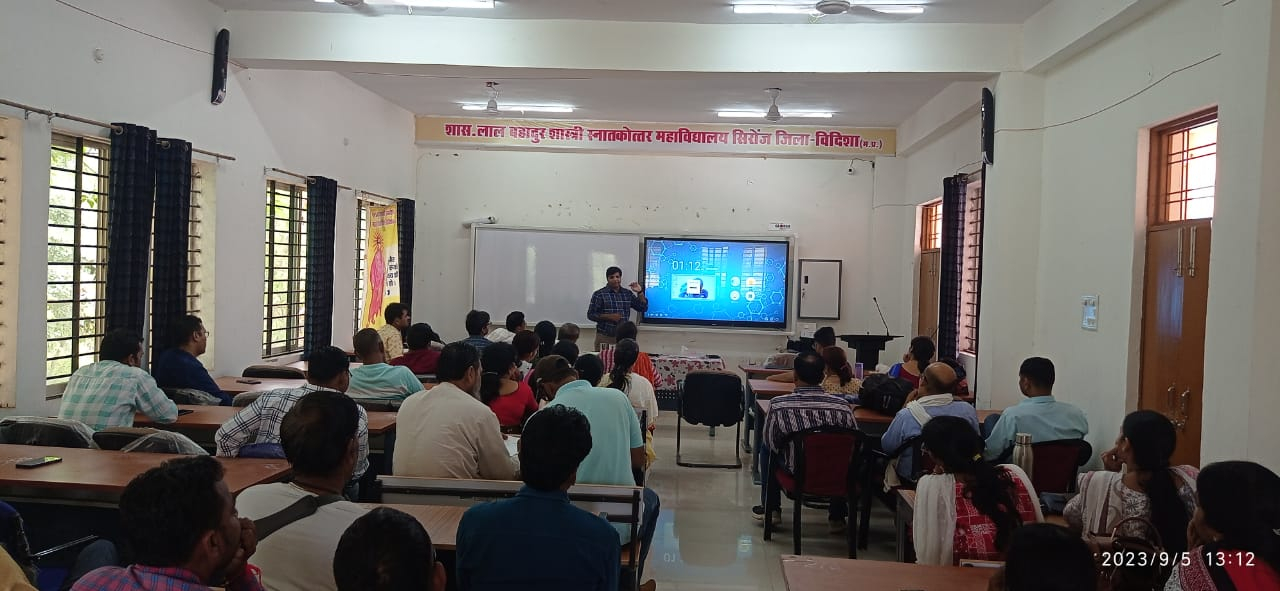
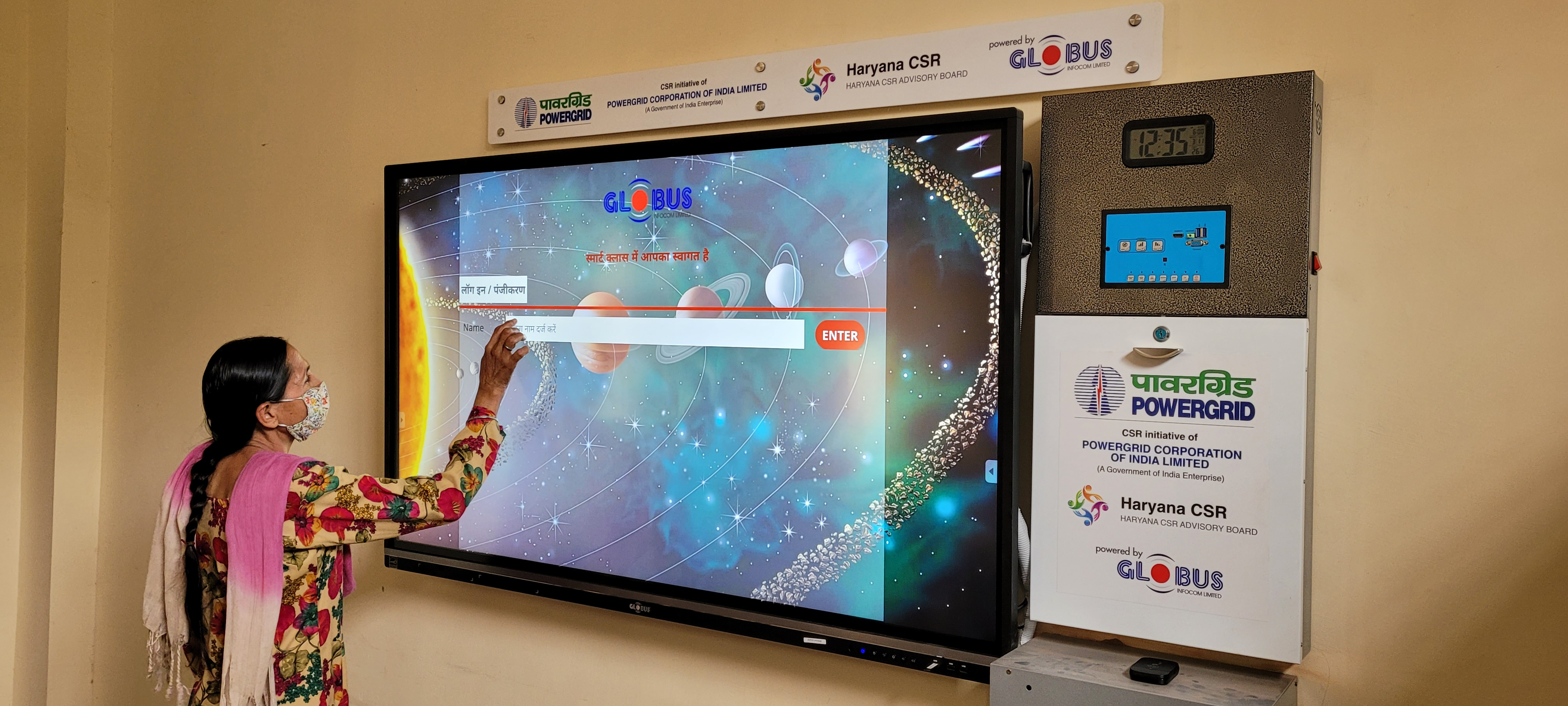
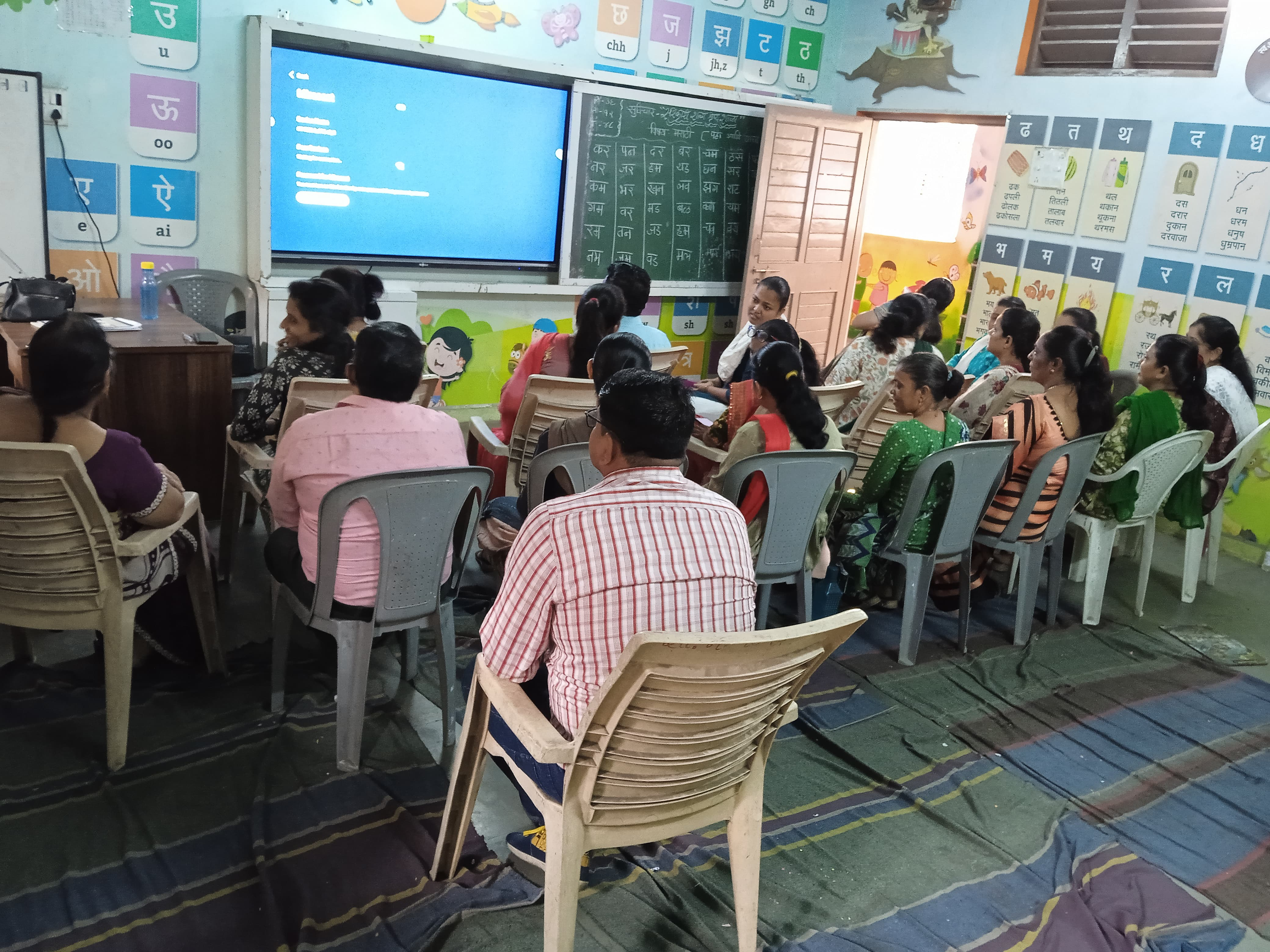
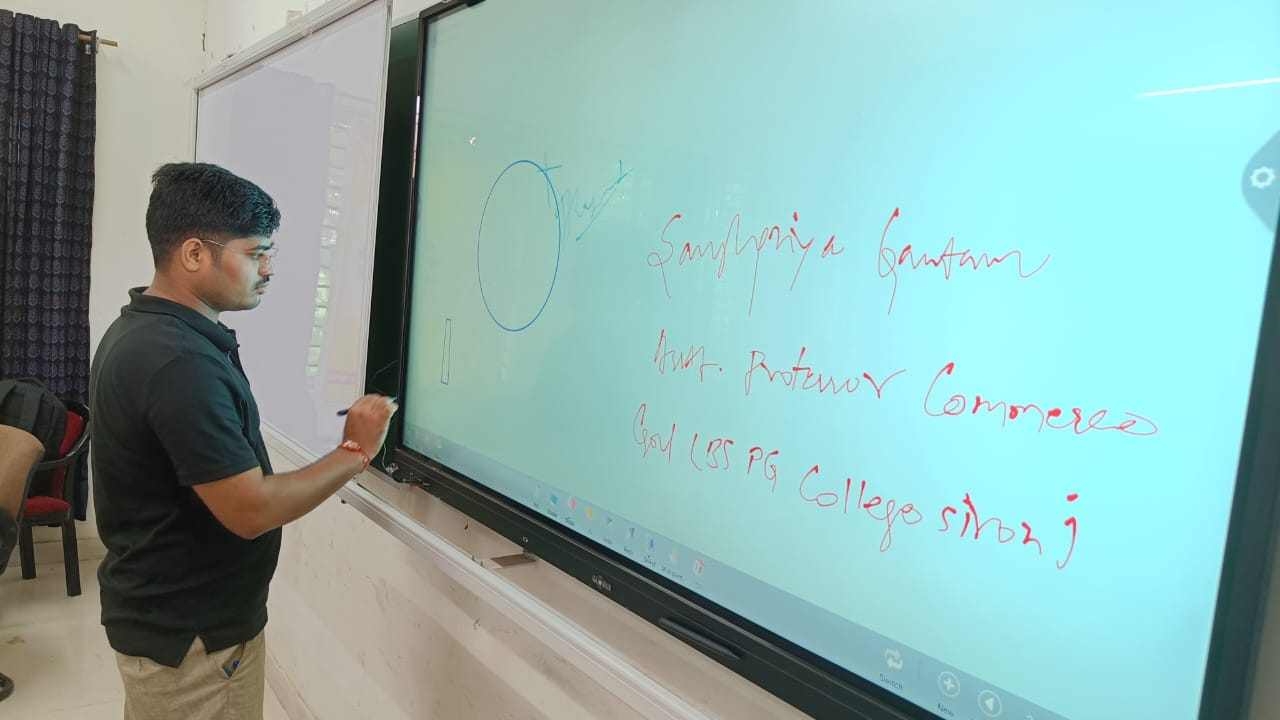
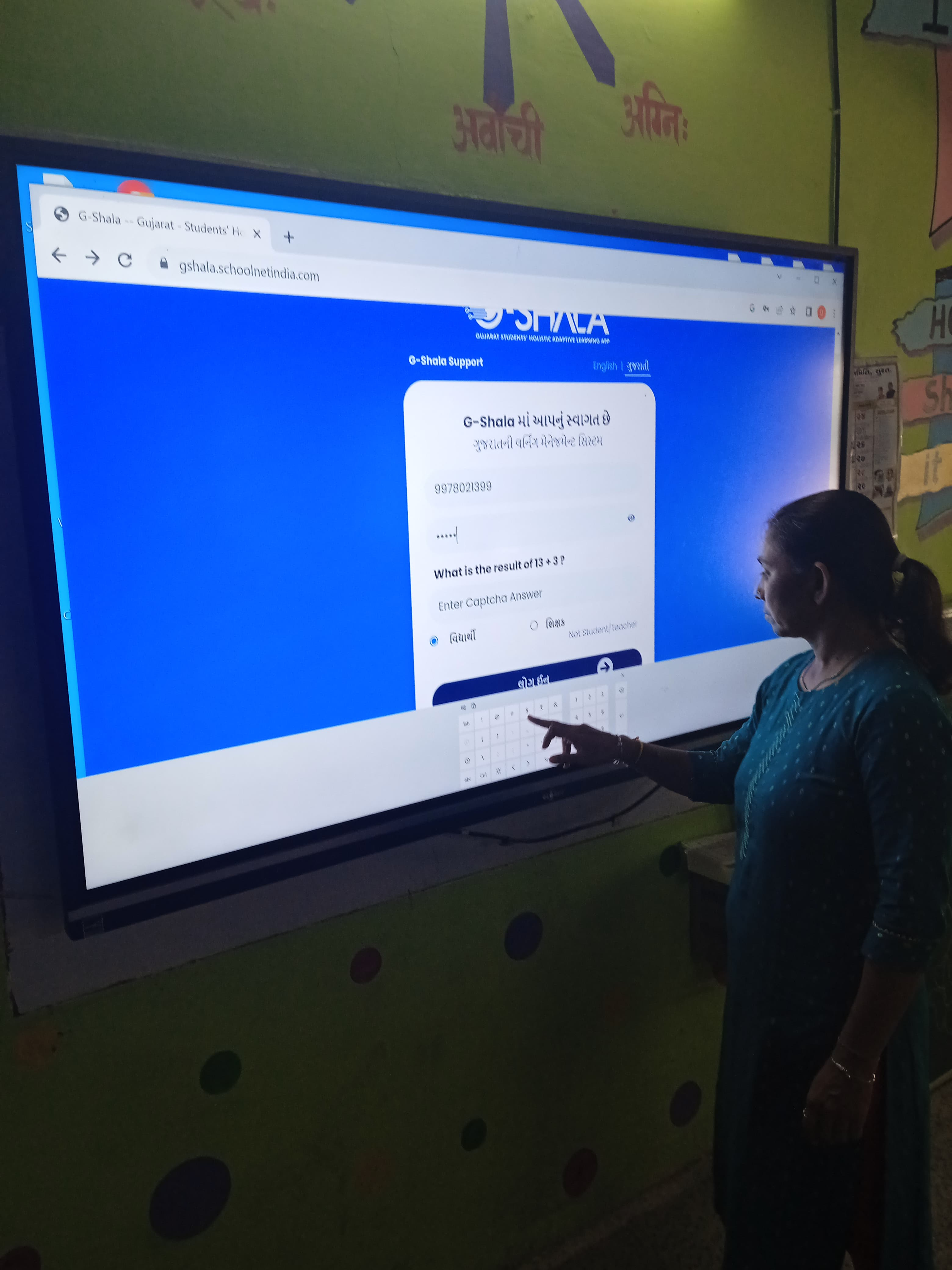

-
- Reviews
-
Default welcome msg!

